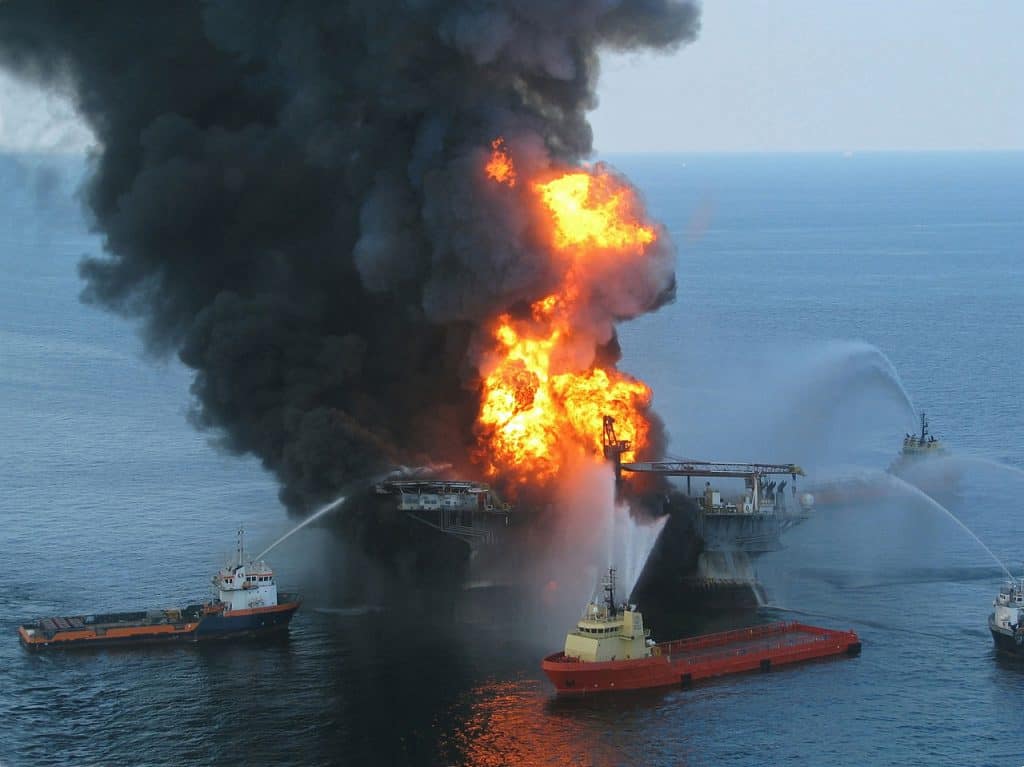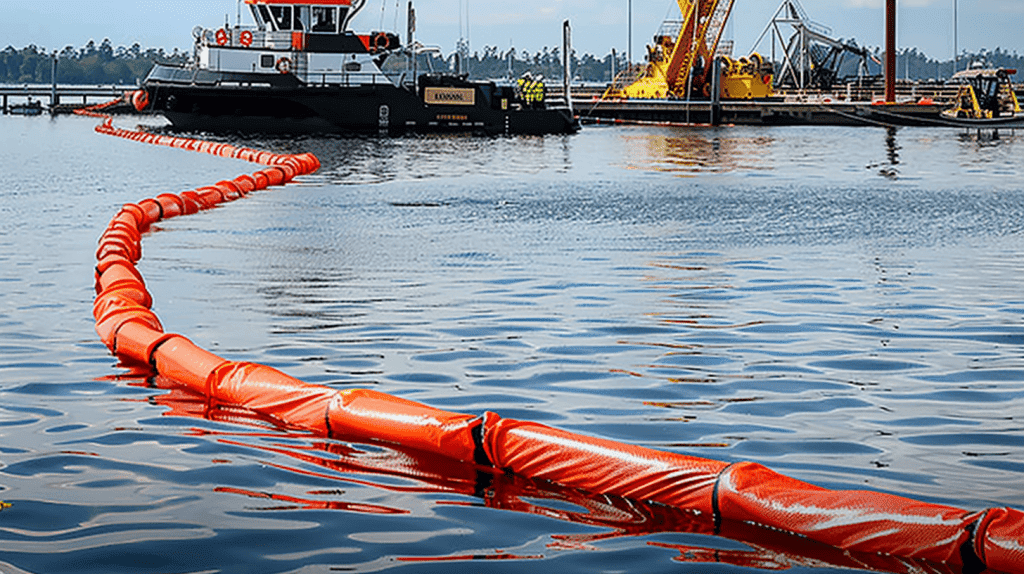Spill containment booms are essential tools for controlling and mitigating the spread of spills in various environments. Whether you’re dealing with oil spills on water or chemical spills on land, choosing the right type of boom is crucial. This guide will walk you through the different types of spill containment booms, their uses, and how to choose the best one for your specific needs.
What Are Spill Containment Booms?
Spill containment booms are barriers designed to contain and control the spread of spills, particularly in water bodies but also on land. They are used in various industries, including oil and gas, maritime, and environmental management, to prevent contaminants from spreading and causing environmental damage.
Why Are They Important?
Spill containment booms play a vital role in environmental protection. By containing spills, these booms help minimize the impact on marine life, protect shorelines, and make the cleanup process more manageable and efficient.

Types of Spill Containment Booms
There are several types of spill containment booms, each designed for specific conditions and types of spills. Understanding these types will help you make an informed decision.
1. Absorbent Booms
Absorbent booms are designed to soak up spills. They are typically made of polypropylene or other absorbent materials and are used for small to medium-sized spills on both water and land. These booms are particularly effective for oil spills because they can absorb oil while repelling water.
Pros:
- Easy to deploy and remove
- Effective for small to medium spills
- Can be used on water and land
Cons:
- Not suitable for large spills
- Need to be replaced once saturated
2. Non-Absorbent Booms
Non-absorbent booms are designed to contain spills without absorbing them. They are usually made of durable materials like PVC or rubber and are used for larger spills, especially on water. These booms float on the water’s surface and create a barrier that prevents the spill from spreading.
Pros:
- Effective for large spills
- Reusable and durable
- Suitable for long-term use
Cons:
- Require additional equipment for spill removal
- More expensive than absorbent booms
3. Fire-Resistant Booms
Fire-resistant booms are designed for spills that involve flammable or combustible liquids. These booms are made from fire-resistant materials, allowing them to contain spills even in the presence of fire or extreme heat. They are commonly used in industries like oil and gas, where the risk of fire is high.
Pros:
- Can withstand high temperatures
- Essential for flammable liquid spills
- Durable and reusable
Cons:
- More expensive due to specialized materials
- Heavier and harder to deploy
4. Permanent Booms
Permanent booms are designed for long-term use in areas that are prone to frequent spills or require constant protection. These booms are often anchored in place and made from durable materials that can withstand harsh environmental conditions.
Pros:
- Long-term protection
- Durable and weather-resistant
- Suitable for high-risk areas
Cons:
- High initial cost
- Requires permanent installation
5. Shoreline Booms
Shoreline booms are specifically designed to protect shorelines, beaches, and other coastal areas from spills. These booms are anchored to the shore and float on the water, preventing spills from reaching the land.
Pros:
- Protects sensitive coastal areas
- Easy to deploy along shorelines
- Effective barrier for oil spills
Cons:
- Limited to shoreline use
- Can be damaged by strong waves

How to Choose the Right Spill Containment Boom
Choosing the right spill containment boom depends on several factors, including the type of spill, the environment, and the specific needs of your operation. Here are some key considerations:
1. Type of Spill
The type of spill you’re dealing with is the most critical factor. For oil spills, absorbent booms are often the best choice. For larger spills on water, non-absorbent booms are more effective. If the spill involves flammable liquids, a fire-resistant boom is essential.
2. Environment
Consider the environment where the boom will be used. For open water, non-absorbent booms are ideal. In areas with frequent spills, permanent booms provide long-term protection. For coastal areas, shoreline booms are the best option.
3. Deployment and Maintenance
Think about how easy the boom is to deploy and maintain. Absorbent booms are easy to use but need frequent replacement. Non-absorbent and fire-resistant booms are more durable but require additional equipment for spill removal.
4. Cost
Budget is always a consideration. Absorbent booms are generally less expensive but may cost more in the long run due to frequent replacements. Permanent and fire-resistant booms have a higher initial cost but offer long-term benefits.
Conclusion
Choosing the right spill containment boom is essential for effective spill management and environmental protection. By understanding the different types of booms and their specific uses, you can make an informed decision that meets your needs and ensures the safety of the environment.
Whether you’re dealing with small oil spills or large-scale industrial accidents, the right containment boom can make all the difference. Prioritize factors like spill type, environment, ease of deployment, and cost to select the best option for your situation. With the right boom in place, you can effectively manage spills and protect our precious natural resources.
Shop for Spill Containment Booms at Absorbents Online
Don’t wait until a spill occurs—take proactive measures to safeguard our waterways and shorelines. Shop at Absorbents Online for a wide selection of top-quality spill containment booms, including absorbent, non-absorbent, fire-resistant, and shoreline options. Our products are designed to meet your specific needs and help you respond effectively to any spill situation. Visit our website today to browse our inventory and make the best choice for your operations, ensuring both safety and environmental protection. Protect your environment with Absorbents Online!